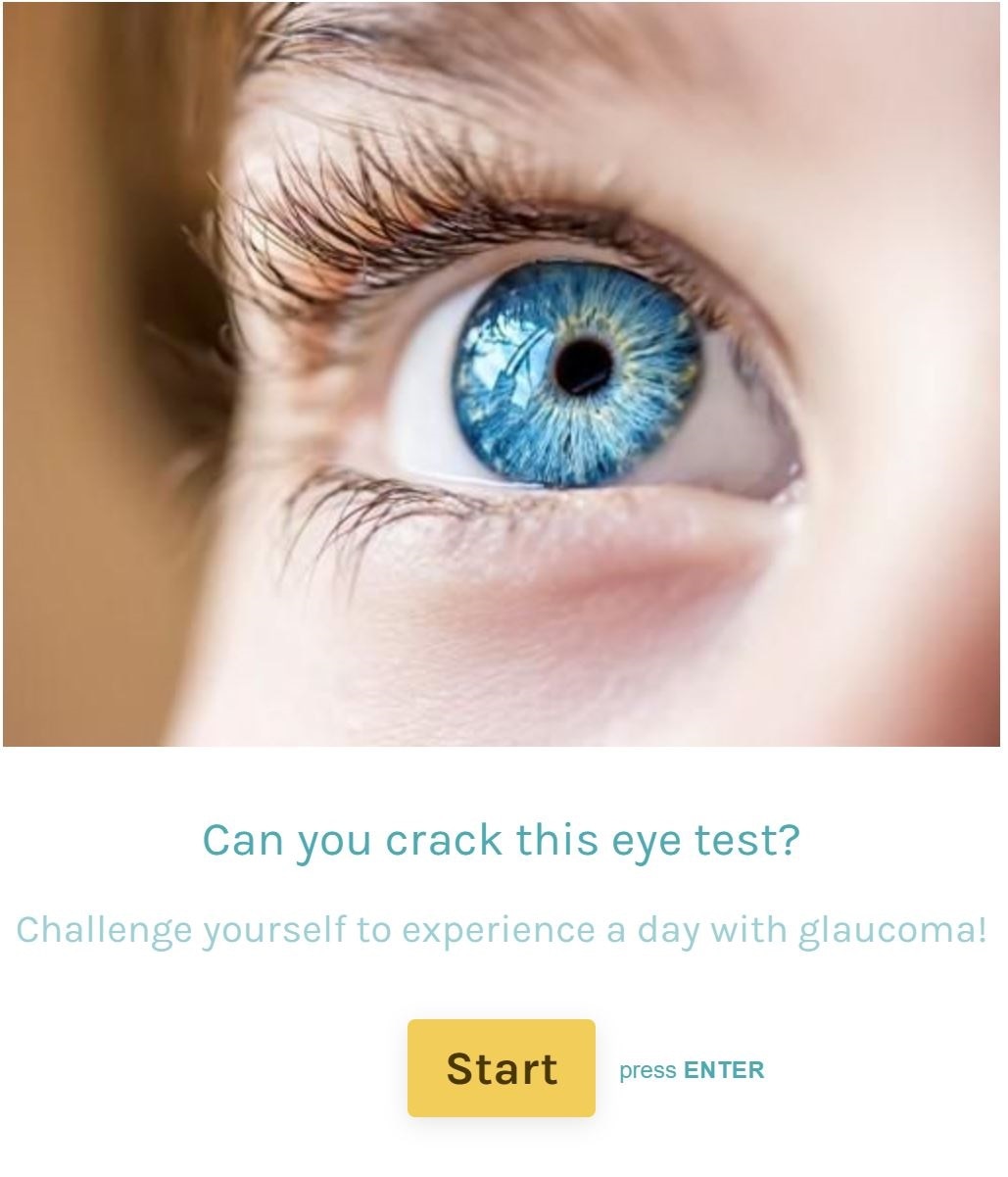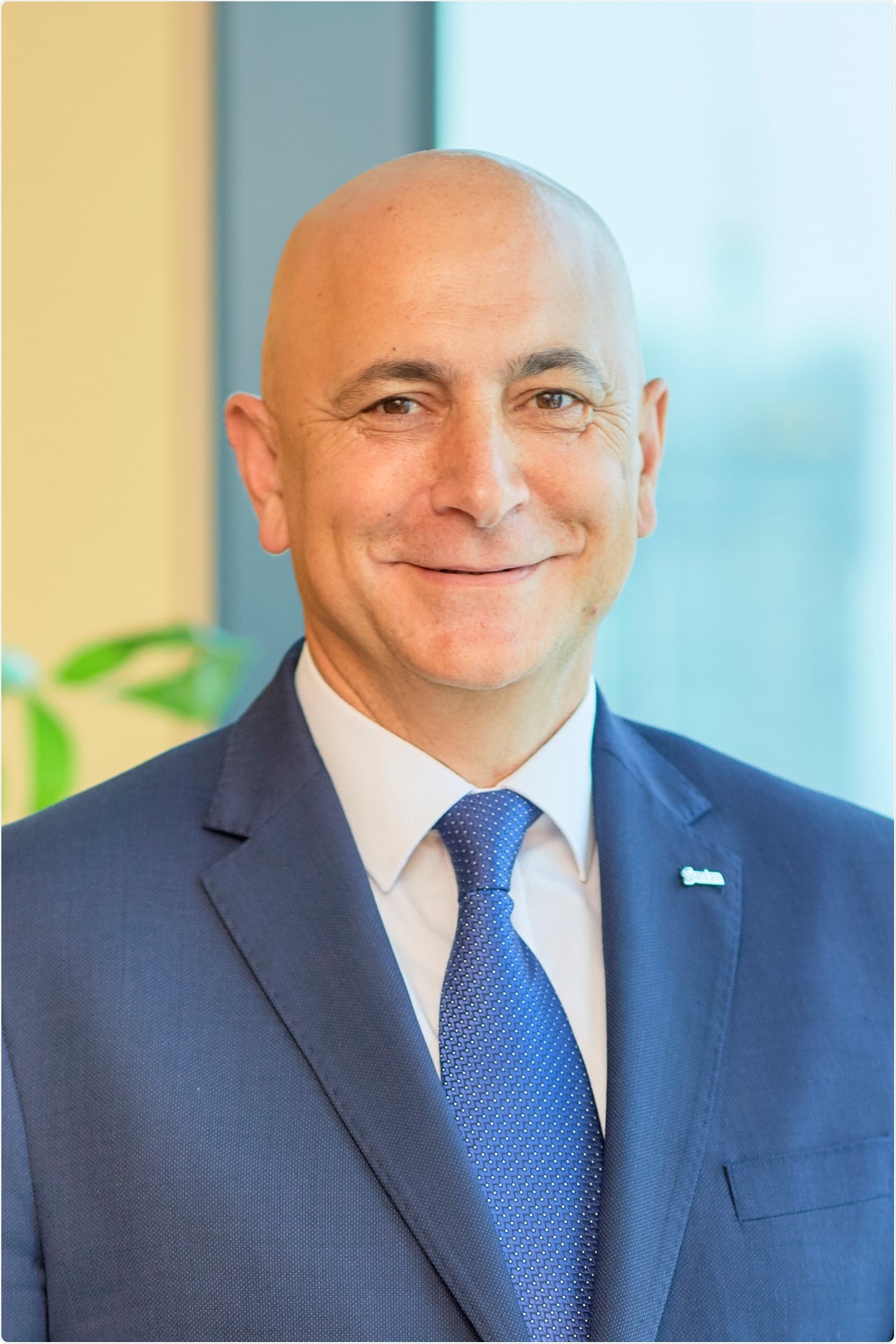An interview with Luis Iglesias, President and Head of Santen EMEA
The patient population with ophthalmological conditions is growing, please give an overview of the increasing risk factors, the changing patient demographics and how they affect the prevalence of these conditions.
Ophthalmology is a highly dynamic space, impacted by empirical social and demographic factors that influence the direction and rate of change. Vision loss and age-related eye diseases are a well-documented, major global public health issue with approximately 1.3 billion people living with some form of vision impairment.1
Obviously, this is a product of the worldwide trend of ageing populations, and will continue to grow in the coming years. Loss of visual function results in debilitating loss of independence and various co-morbidities that have a major impact on resources. We are also seeing a significant rise in the prevalence of dry eye disease (DED) which many experts attribute to modern lifestyles including increased screen use around the world.

Shutterstock | Vasily Deyneka
These factors are compounded improving awareness of the need for screening and better diagnostics once a patient consults a healthcare professional. However, conditions such as glaucoma lack of obvious symptoms until a relatively advanced stage of disease and there is still no treatment that restores sight. In the face of these challenges, it’s never been more important for industry leaders like Santen to engage with the community and work to improve patient outcomes on all fronts.
How is ophthalmology changing to meet these new challenges?
The World Health Organisation (WHO) estimates that around 9.5 million years of ‘healthy’ life are lost due to poor ocular health across Europe, the Middle East & Africa every year. Santen is a leader and trusted partner in glaucoma treatment – with a full spectrum of products for patients at all stages – plus a strong and growing presence in dry eye disease (DED) and allergy.
To support patient access to our products by illustrating the value they bring, we are investing in real world evidence studies. Most recently, the preliminary data from our VISIONARY and PERSPECTIVE studies indicated that our glaucoma and DED medicines are effective and highly tolerated in managing the symptoms of ocular surface disease (OSD) in a real world setting.2,3 We are very aware that healthcare budgets are increasingly stretched, so it is critical to show that benefits seen in clinical trials are replicated in the less-controlled, daily life of the patient, and that funds are well spent on these treatments.

To combat late diagnosis, we strive to educate the general public and raise awareness of the signs, symptoms and risks of glaucoma and dry eye disease. For example for World Glaucoma Week 2019, we collaborated with the International Glaucoma Association to create an interactive, digital experience that simulated the impact of severe glaucoma on daily life.
By showcasing the impact of uncontrolled disease – often caused by late diagnosis and non-compliance to medicines – we encouraged relatives of those in a high risk group to push for more regular eye testing and be sure to use their medication as directed. This is one of many initiatives we run to improve patient understanding of their condition and in turn improve outcomes through better diagnosis and treatment.
What role have new technologies played in increasingly being able to treat high-risk conditions?
Advancing technology for the benefit of the eye health community is of course a central strategy to provide modern, effective and safe management options that address critical issues for patients and physicians alike. At Santen, we are committed to bringing new technologies to market that get to the heart of these issues and provide meaningful solutions. We listen to the needs of the community and you will see a number of new products and innovations from Santen coming to the market that address these needs.
Santen recently announced a collaboration with Oxford Biomedica to research and develop gene therapy products for the treatment of inherited retinal diseases. These diseases, which disproportionally affect children and young adults, are a group of rare disorders in which mutation results in vision loss or blindness.
We are also assessing how pioneering new technologies like artificial intelligence (AI) can support and bolster patient outcomes, and bringing new devices to market for surgeons to use on the frontline of ophthalmic care, such as xactTM EDoFTM intraocular lens, as well as PRESERFLOTM MicroShunt which is now being used across Europe. We had the opportunity to update ophthalmologists from across Europe on our new and exciting technological advances at this years’ European Society of Cataract and Refractive Surgeons (ESCRS) congress.
What makes Santen unique, and how does this translate into what Santen can offer ophthalmology patients?
Santen is a leader in ophthalmology worldwide and has been a trusted, recognised and valued member of the ophthalmology community since 1898. Our heritage and expertise means we are uniquely positioned to improve eye health and preserve vision.
Our focus allows us to target and address unmet medical needs, improve the probability of technical success and work to provide faster access to treatments. It also allows for the provision of expertise and resources in rare diseases and other often under-resourced areas in ophthalmology.
An example of our commitment to patient needs in this specialist area of medicine is demonstrated with support of patients with vernal keratoconjunctivitis (VKC). VKC is a rare, chronic allergic eye condition that predominantly affects children and young adolescents. VKC is recognised as a rare disease in Europe. It causes severe inflammation of the surface of the eye, resulting in intense itching, painful eyes and light sensitivity. These symptoms can prevent children from participating in everyday activities and can profoundly impact their development.
Into The Light
Into The Light from Autumn Films on Vimeo.
This ability to look beyond the most common eye disorders and support people with eye health conditions more holistically, is absolutely what sets Santen apart and makes us unique.
How do the solutions that Santen offers help with the current challenges in the field, for example, patient behavioural factors, drug delivery and ensuring that patients have access to Santen’s products?
A major challenge in ophthalmology, as with many therapeutic areas, is adherence to medication. Since glaucoma is often asymptomatic and progresses slowly, many patients fail to use their eye drops fully or correctly as the benefits aren’t immediately obvious.
This is further compounded by the effects of preservatives such as benzalkonium chloride that may cause soreness and inflammation when used long term. Santen has led the way this year with preservative-free eye drops. The provision of these medicines without preservatives and in multi-dose bottles (rather than single unit doses) will enable physicians to treat glaucoma without worrying about unnecessary side-effects and adherence implications,4 whilst allowing patients to choose their preferred medicine delivery option.
Of course, while we work on delivering new effective and safe treatments for a range of ophthalmology conditions, we are conscious of the numerous pressures impacting on healthcare systems worldwide. That’s why we always consider innovation within the context of affordability to ensure that patients can truly benefit from solutions we provide.
Santen is committed to ensuring that as ophthalmology evolves, treatments and solutions do so too. We are always looking for new partners – in addition to our R&D agreement with Oxford Biomedica, most recently we signed a new partnership with OFF Italia, which will open a brand new pipeline of dry eyes products and ancillary ophthalmology products. This is a unique situation where we can provide access to important products for patients, as well as some products already in the Italian market that we can make available more widely across Europe.
Long term, meaningful partnerships are key for Santen. As a medium-sized pharmaceutical company, we work collaboratively and efficiently to harness the expertise of innovative partner companies, research institutes and academia. This helps increase the pace and depth of R&D and give patients access to treatments faster. To contact our EMEA business team, please click here for further information.
One of Santen’s core values is a strong focus on patients. Please give an overview of Santen’s values and how it gives back to the community.
As a company with strong Japanese heritage, creating a positive impact on the societies we serve is part of our DNA. We are therefore, constantly investigating how we can improve patient experience, and ultimately patient outcomes. This can take the form of simple product adaptations, delivery enhancements of pioneering scientific discoveries or indeed pioneering scientific discoveries.
We’re also active in the community and aim to collaborate as much as possible with organisations that support patients. As part of this, our people from across the region participate in our 10,000 Hours initiative which allows them to support non-government organisations (NGOs) local to them and offer voluntary support with their ongoing patient programmes.
Following the launch of 10,000 Hours last year, to date Santen has shared 1,625 of our collective hours with patients and patient advocacy organisations all across the region. It is a fantastic initiative that not only facilitates important, grass-roots initiatives that support patients in their daily lives – but also allows our people to go beyond their daily roles and responsibilities and make a further meaningful difference to the vision impairment community.
What is next for ophthalmology and how is Santen leading the way?
We are also always looking for new partners. Our commitment to ophthalmology will always endure, and to ensure that we rise to the challenges in the space we believe that collaboration is key.
Globally we are also expanding our genomic drug discovery – a field at the forefront of modern life science. Through information exchange and joint study efforts with renowned genomic drug discovery external research institutes, we are committed to discovering new breakthroughs in the treatment of eye disorders. We are deeply involved in a number of early stage research projects ongoing worldwide, and look forward to bringing these innovations to market in the coming years.
Where can readers find more information?
Santen EMEA is active at all major regional congresses and events, as well as a number of local market meetings. Most recently at the Middle East and Africa Congress of Ophthalmology (MEACO) in Jordan which Santen attended for the first time. In addition, our major focus this year was the European Society of Cataract & Refractive Surgeons (ESCRS), in Paris on 14th-18th September – as well as the two concurrently running events – World Society of Paediatric Ophthalmology and Strabismus Speciality (WSPOS) and European Society of Cornea & Ocular Surface Disease Specialists (EuCornea).

About Luis Iglesias
Luis Iglesias is the Head of Santen EMEA. He was born in Spain and currently lives in Switzerland. His first UK job was as a sales-representative for Merck.
In this customer facing role, he learnt the basics of the patient pathway and learnt more about what is required to develop products that meet patient needs.
Luis has also had a number of roles across the world, building his knowledge of different patient groups and the complex regional nature of business.
Before his current role he worked in ophthalmology for Allergan for seven years. Luis enjoys the fundamental nature of ophthalmology and recognises the importance and privilege of working to protect the precious sense of sight.
References
- World Health Organisation: Fact sheets. Blindness and visual impairment. Available at: https://www.who.int/en/news-room/fact-sheets/detail/blindness-and-visual-impairment Last accessed July 2019
- PERSPECTIVE ePoster : EP-OCS-16
- VISIONARY ePoster: EP-GLA-06
- Taflotan/Saflutan SmPC